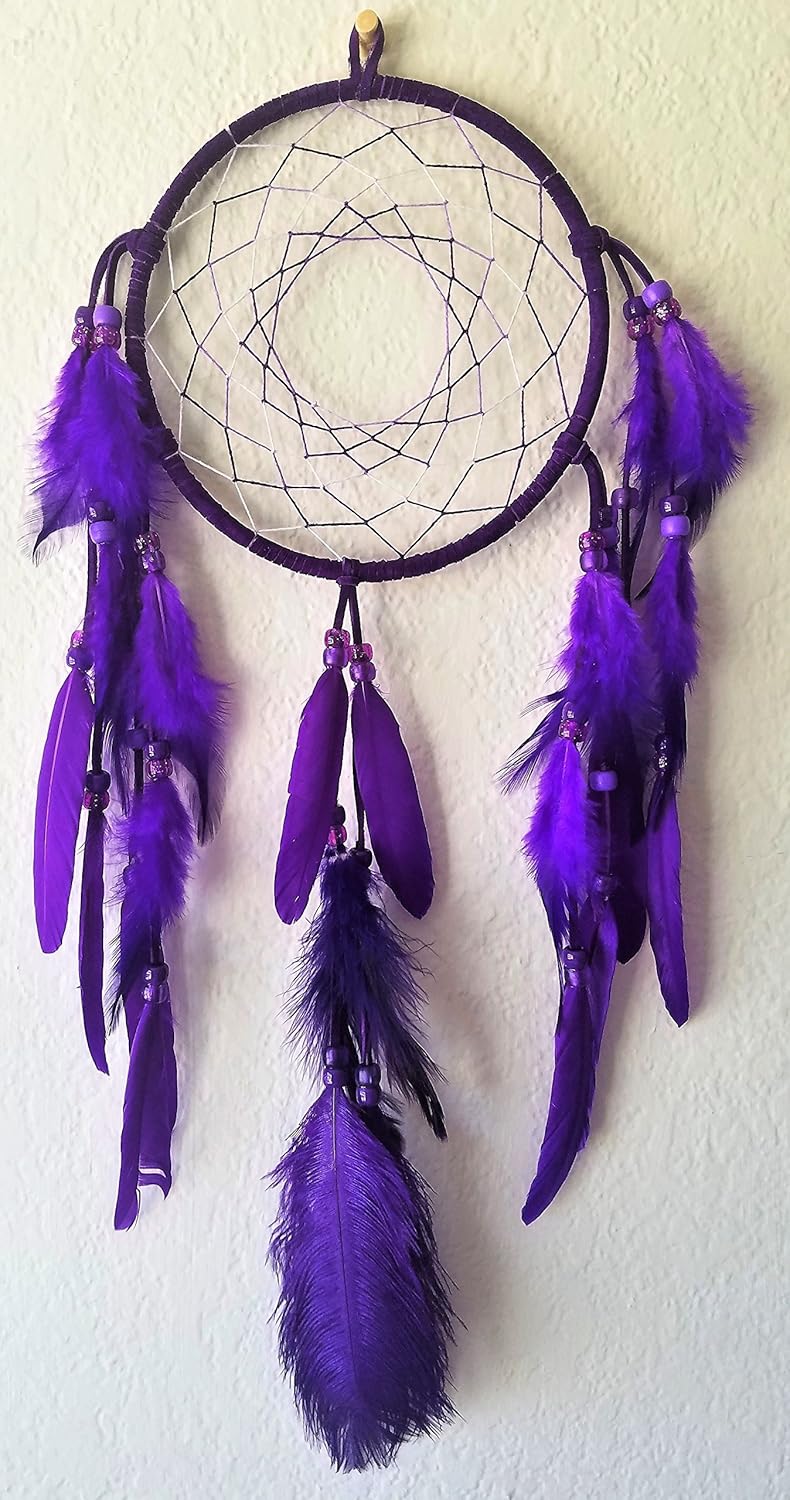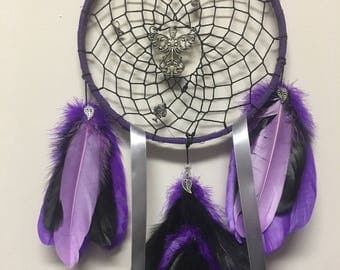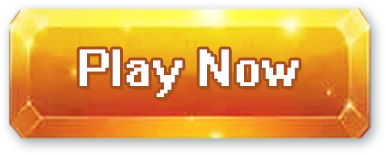So I'm looking to get a tattoo of a dream-catcher, I already have an artist waiting to draw it out I just need to give him a few more details about it.
I was hoping someone would know that meaning behind the different colors in dream-catchers as well as the meaning of the amount of beads in the webbing, the amount of feathers on hanging from the dream-catcher and finally the meaning behind the type of feather. If someone could help me out with that it would be amazing!
Thank you!
Dreamcatchers are Ojibwa cradle decorations invented in the 1920's. They are crib mobiles, nothing more. They have no special meaning or significance. They are designed to entertain babies as they sway in the breeze. That's ALL they are.
I know new-age people ascribe all sorts of ridiculous notions to them. We find it totally hysterical.
We are totally baffled by non-natives obsession with them. Getting a tattoo of a dream catcher is like getting a tattoo of a baby's pacifier. really. You'll never see an indian with a dreamcatcher tattoo, nor does any indian over the age of 4 own one. The one great thing about people who get dreamcatcher tattoos is that it instantly marks you as someone who has no clue about native culture.
Dream Catcher Heart, Dreamcatcher, Girls/boys, Pink Purple Rainbow, Dream catchers, Hanging decorations Kaprauk. From shop Kaprauk. 4 out of 5 stars (93) 93 reviews £ 6.99. In your Dream catcher, I have finalized the eye with purple again. This is to remind you that we are spiritual beings in all aspects of life and that without such believe then we continuously search the reason of our being and try to explain it in many different formats.
I know that every thing on a dream catcher has some kind of meaning. The link below might help you.
All the parts of the dream catcher has meaning.
To begin, the web represent the spider our brother of life for ever repairing the eternal web of life. Thus weaving your life dreams and energy in the universe when you dream.
The ring represents the earth mother and the humble walk we do upon her. The ring was also covered with multi-colored wool representing in my mind and spirit aspects of your personality, moods and emotions. The beads on the web are of the 7 directions thus calling upon them to bless you.
As we believe that we are related to all things and that all things are part of us then the Dream Catcher and medicine wheel is a representation of such sacred belief.
The first color is blue representing Father Sky and all that lives in the sky; grandfather sun, grandmother moon, Star nation and Creation.
The second colored beads are purple this is the color of the inner self and the introspection of where the Creator lives, within us all.
The third color is Yellow this represents the direction of the East where the Yellow Nation is and we call upon their ancestors and the wisdom they carry to come in and teach us. It is also the direction of where the sun rises every day therefore a new beginning. We put the Sacred Eagle in that direction and call upon the abilities to see far beyond what is in front of us and to focus on the task at hand.
The fourth color is Red for the Red Nation. In this direction we call upon their ancestors to come and teach us how to take care of the land and do the work necessary for our families to grow in a strong foundation. It is the direction of honesty, hard work, family, integrity and love.
The fifth color is black. This color represents two roads. The direction of the Black nation and we call upon their ancestors to come and help with healing, also how to care for the water. It is also the direction of the black road, the one of self destruction, abuse and so on. Therefore we pray for understanding of such since we say Creator of all good things. We pray for the lessons that these people bring to us.
The sixth color is of the White nation. We acknowledge the white people and their ancestors. The knowledge and the wisdom on how to use that knowledge in a good way.
The 7th direction is of the color green representing Mother Earth. The one who feeds us, clothes, and protects us from the elements. She supplies all that we need in order to live on this earth. We give thanks for her.
In your Dream catcher, I have finalized the eye with purple again. This is to remind you that we are spiritual beings in all aspects of life and that without such believe then we continuously search the reason of our being and try to explain it in many different formats.
Once the ring and the web are weaved, it represents love, honesty and purity. All of the elements of the dream catcher together represent the earth, fire and water. Things we need to live. So when I make a Dream catcher the feathers are of the Eagle one of our most Sacred Animal Spirit. The Eagle to me is part of my Native ways and is in my personal medicine wheel in the East which represents the ability to fly high and close to the Creator. It also represents part of my name and the Society that was founded for the purpose of advancing the Native American Way of living.
It represents the ability to be love and to love, to take the risk and get out of the nest and fly on your own, the ability to live beyond your shadows. Once put on the dream catcher it represents the air.
If you received a dream catcher you have received an object that represents the 4 elements of life. Earth, Water, Fire and Air, all the things necessary to sustain life. May you have a happy, dreamful life with this dream catcher and good Karma.
Meegwetch
by K Shabi PUBLISHED 14 July 2016
What is the true meaning and history behind the Native American dreamcatcher? Where do dreamcatchers really come from? You've probably seen a dream catcher hanging from a tree, a porch or even in a souvenir gift shop and wondered about its purpose and meaning. Read on to learn more about the story, legend, and origins of authentic Native American dream catchers.
Authentic Native American Dream Catchers
Originally created by American Indians, dreamcatchers today come in a variety of different sizes and styles. They usually consist of a small wooden hoop covered in a net or web of natural fibers, with meaningful sacred items like feathers and beads attached, hanging down from the bottom of the hoop. Real authentic, traditional dream catchers are handmade and crafted only from all natural materials, in size measuring just a few small inches across. The hoop is traditionally constructed from a bent Red Willow branch covered in stretched sinews. Wrapping the frame in leather is another common finishing touch among 'real' dream catchers.
History of the Dreamcatcher: Ojibwe or Lakota Origins?
Today the dreamcatcher is associated with Native American culture in general, but dream catchers are often believed to have originated from the Ojibwa Chippewa tribe in particular. The Lakota tribe also has its own legend about the origins of the dreamcatcher, but most ethnographers believe the dreamcatchers were passed down from the Ojibwe through intermarriage and trade. The Ojibwe word for dreamcatcher asabikeshiinh actually means 'spider,' referring to the woven web loosely covering the hoop. The patterns of the dream catcher web are similar to the webbing these Native Americans also used for making snowshoes.

Where To Purchase Dream Catchers
Ojibwa Legend: The story of the Dream catcher
Ancient legends about the history and origin of the dreamcatcher exist among several Native American tribes, but are most common and seem to originate among the Ojibwe and Lakota nations. While many cultures consider spiders to be creepy crawlers, the Ojibwe people saw them in a different light, as symbols of protection and comfort. According to an old Ojibwa legend, a mystical and maternal 'Spider Woman' once served as the spiritual protector for her tribe, especially in concern to young children, kids and babies. As the Ojibwe people flourished and spread out across the land, it was difficult for The Spider Woman to continue to protect and watch over all the members of the tribe as they migrated farther and farther away. This is why she created the first dreamcatcher. Following her example, over the course of generations mothers and grandmothers continued to ritualistically recreate the maternal keepsake as a means of mystically protecting their children and families even from a distance.

What do dream catchers do? Purpose & Meaning of the Dream Catcher
Owl Feather Dream Catcher
Sometimes referred to as 'Sacred Hoops,' Ojibwe dreamcatchers were traditionally used as talismans to protect sleeping people, usually children, from bad dreams and nightmares. This Native American tribe believes that the night air is filled with dreams, both good and bad. When hung above the bed in a place where the morning sunlight can hit it, the dream catcher attracts and catches all sorts of dreams and thoughts into its webs. Good dreams pass through and gently slide down the feathers to comfort the sleeper below. Bad dreams, however, are caught up in its protective net and destroyed, burned up in the light of day.

Where To Purchase Dream Catchers
Ojibwa Legend: The story of the Dream catcher
Ancient legends about the history and origin of the dreamcatcher exist among several Native American tribes, but are most common and seem to originate among the Ojibwe and Lakota nations. While many cultures consider spiders to be creepy crawlers, the Ojibwe people saw them in a different light, as symbols of protection and comfort. According to an old Ojibwa legend, a mystical and maternal 'Spider Woman' once served as the spiritual protector for her tribe, especially in concern to young children, kids and babies. As the Ojibwe people flourished and spread out across the land, it was difficult for The Spider Woman to continue to protect and watch over all the members of the tribe as they migrated farther and farther away. This is why she created the first dreamcatcher. Following her example, over the course of generations mothers and grandmothers continued to ritualistically recreate the maternal keepsake as a means of mystically protecting their children and families even from a distance.
What do dream catchers do? Purpose & Meaning of the Dream Catcher
Owl Feather Dream Catcher
Sometimes referred to as 'Sacred Hoops,' Ojibwe dreamcatchers were traditionally used as talismans to protect sleeping people, usually children, from bad dreams and nightmares. This Native American tribe believes that the night air is filled with dreams, both good and bad. When hung above the bed in a place where the morning sunlight can hit it, the dream catcher attracts and catches all sorts of dreams and thoughts into its webs. Good dreams pass through and gently slide down the feathers to comfort the sleeper below. Bad dreams, however, are caught up in its protective net and destroyed, burned up in the light of day.
Dream Catcher Meaning: Web, Feathers & Beads
All parts of the authentic Native American dreamcatcher have meaning tied to the natural world. The shape of the dreamcatcher is a circle because it represents the circle of life and how forces like the sun and moon travel each day and night across the sky. The dream catcher web catches the bad dreams during the night and dispose of them when the day comes. As for the good dreams, the feathers act as a fluffy, pillow-like ladder that allows them to gently descend upon the sleeping person undisturbed. There is some contention when it comes to the meaning of the beads that often decorate the dreamcatcher. According to some American Indians, the beads symbolize the spider—the web weaver itself. Others believe the beads symbolize the good dreams that could not pass through the web, immortalized in the form of sacred charms.
Dreamcatcher Meaning Today: Authentic Symbol or Cultural Appropriation?
Purple Dream Catcher Images
Though dreamcatchers are quite common, finding real authentic dreamcatchers is not that easy today. Real handmade dream catchers are usually small in size and feature sacred charms like feathers and beads. Many dreamcatchers for sale today, however, are much more American than Native American, often oversized and constructed from cheap plastic materials. Many Native Americans still consider the dreamcatcher to be a long-standing cultural symbol of unity and identification among the many Indian Nations and First Nations cultures. Sadly, many other Native Americans have come to see dream catchers as just another cultural appropriation, over-commercialized and at times offensively misappropriated and misused by non-Natives.

